Writing in 2035, it is easy to see what failed the Liberals in the 2020s. But it was not so easy to see then.
After being appointed Federal Liberal leader in 2022, Peter Dutton worked effectively over the next two years in building unity among previously warring factions within the party.
However, he did not succeed in achieving unity on climate change policy, an issue that had done more than any other to divide the party.
From the start, the Liberals lacked conviction on climate change policy one way or the other.
In 2013, they achieved office under Tony Abbott, who successfully fought Labor’s climate change policy, including its commitment to reducing greenhouse gas emissions and its carbon pricing scheme. The people said no to climate change, and the Liberals won government.
But in 2015, Mr Abbott backtracked on key promises by committing Australia to reducing emissions under the Paris Climate Agreement. He said: ‘We had an emissions obsession that needed to be broken and changed. I am now confident that we can meet our Paris targets without significant damage to our economy.’
In 2017, Scott Morrison (then Treasurer) brought a piece of coal into Parliament, telling the chamber that, ‘This is coal, don’t be afraid…’
But in 2021, as Prime Minister, Morrison capitulated to his opponents by committing Australia to the target of reaching Net Zero greenhouse-gas emissions by 2050.
We can now speculate.
Mirroring this history, Mr Dutton led the Liberals into the 2025 Federal election without a clear-cut policy on climate change.
Labor was struggling going into the election. Chaos surrounded its energy policies (which had led to rapidly-increasing electricity prices); inflation was stubbornly high; and economic growth had slumped.
But Labor won. Why? In the view of one veteran political journalist: ‘Despite its failings, Labor continued to speak with one voice on climate change; the Liberals continued to speak with a forked tongue.’
In June 2025, in the wake of his election loss, Mr Dutton announced his intention to resign as Liberals’ leader, with this to take effect in September. Why the delay? Because ‘it will give leadership candidates time to argue their case’.
This proved to be a masterstroke: for the first time in over a decade, the Liberals conducted a serious debate on climate change policy.
Several leading candidates continued to flip-flop on the issue. But Tom Nelson, a relatively young (45) member of Parliament from Victoria, took advantage of this three-month window to promote throughout the country a radically-new approach.
He started by setting out the following principles underpinning his approach:
- Renewables do not produce reliable, low-cost electricity and probably never will.
- Climate science is a work-in-progress, not something settled; it provides no justification for the draconian policies that Labor favours, including the destruction of our coal and gas industries.
With this introduction, Mr Nelson set out four policies to be implemented by a Liberal government under his leadership, should it win the next federal election, scheduled for 2028.
First: ‘All Federal subsidies for renewable energy will be phased out over three years, that is, between 2028 and 2031. We want the energy industry to operate on a competitive basis, with no particular technology favoured by government.’
Second: ‘We will reverse the impediments to new coal and gas developments in Australia. This is particularly important in Victoria, which has enormous brown-coal reserves and as yet untapped onshore gas reserves, but a state government determined to block both. It is time we had a Federal government that confronted Victoria in this area.’
Third: ‘We will open up discussion of nuclear energy in Australia, with a royal commission on this topic to be appointed by late 2028 and to report by late 2029. Should this lead to the development of Australia’s first civil nuclear power plant, we will nominate the Latrobe Valley in Victoria as the provisional location’.
He then added:
‘The Latrobe Valley has been decimated by Labor-induced closures in the past decade of the Hazelwood and Yallourn power plants and planned closures in the early 1930s of the Loy Yang A and Loy Yang B plants.
‘The valley has both the skilled staff and the transmission infrastructure needed to support an economically-efficient nuclear power plant.
‘And as shown in an independent poll just published by the Liberals, over 60 per cent of residents of the Latrobe Valley favour such a development. Where else will the jobs come from? Wind and solar farms?’
Fourth: ‘We will establish two new research organisations, one to look into new technology for generating reliable, low-cost electricity and the other to open up discussion of climate science. The organisations will be called, respectively, The Electricity Forum (to be located in Brisbane) and The Climate Forum (to be located in Newcastle). With the removal of Federal subsidies to renewable energy, we will have savings of several billion dollars per year available to finance these organisations.’
Liberal Party members and the public expressed mixed views on Mr Nelson’s platform, some loving it and others not. But many said: ‘At least I know where he stands.’
Reflecting this mood, Mr Nelson was elected as the Liberals’ leader in September 2025. He did not have an easy time bringing all of the party to his side.
Several shadow ministers resigned from their positions and a number of members left the party.
But in the end, he prevailed. And in July 2028, following the Federal election held that month, the Liberals (in coalition with the Nationals) formed government.
In the seven years since the 2028 election, the Liberals have transformed energy policy in Australia.
With coal resuming its former role as the primary source of reliable, low-cost electricity in the eastern states, electricity prices have fallen significantly,
This process has been greatly helped by the defeat of the Andrews government in Victoria in 2030, allowing the federal government and new Victorian Liberal government to work in tandem. (It took until the late 2020s for Victorian Liberals to give up simply being a shadow of Labor on climate change.)
Stripped of subsidies, renewable energy now only has a niche role in supplying electricity, mainly in remote communities.
Gas remains important for peak-load electricity (for example, in late afternoons in summer when air conditioners are turned on). However, it cannot compete with coal for base-load electricity.
There is no longer talk of gas providing a ‘transition’ to renewable energy.
Construction of Australia’s first nuclear power plant is underway in the Latrobe Valley, with completion expected in 2038.
With financing from The Electricity Forum, a pilot plant is under construction in Wollongong to test the viability of a new composite material developed at Australian universities as a possible competitor to coal.
The work of The Climate Forum has opened up discussion in Australia of climate change and revealed how complex the climate is. As US scientist Judith Curry said in the 2020s, the climate is not something that you can just ‘tune with a carbon-dioxide control knob’.
As I write in 2035, Mr Nelson looks set to dominate the Liberals for many years.
While delighted with his transformation of the party, some Liberals look back with regret at the lost years of the 2020s. Why didn’t others show the courage of Tom Nelson, breaking from the pack and speaking out on climate change as he did?
In the view of these Liberals, Mr Dutton would have become prime minister, had he spoken out.
And those serving under Mr Dutton at the time would now dominate the party, had they spoken out.
But none did so. And politically, it now looks too late for them.
Got something to add? Join the discussion and comment below.
Get 10 issues for just $10
Subscribe to The Spectator Australia today for the next 10 magazine issues, plus full online access, for just $10.

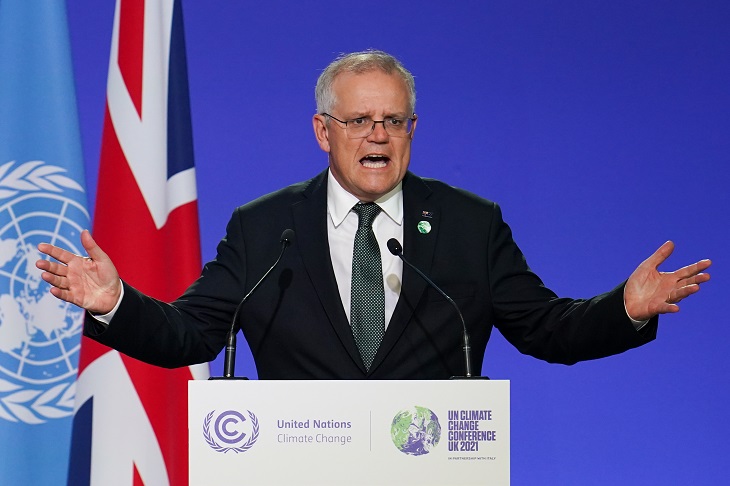
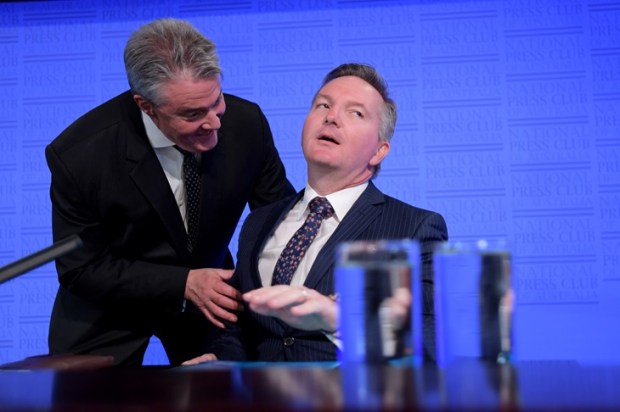

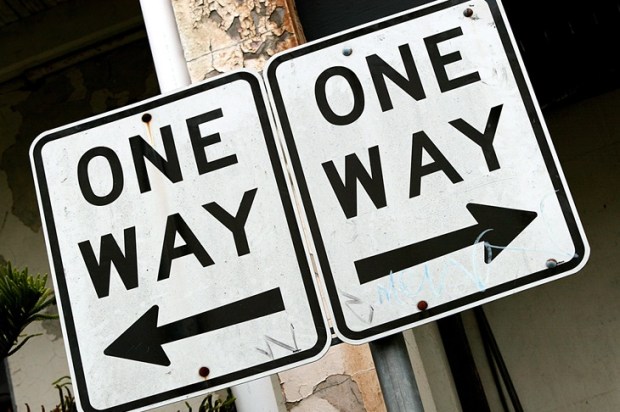
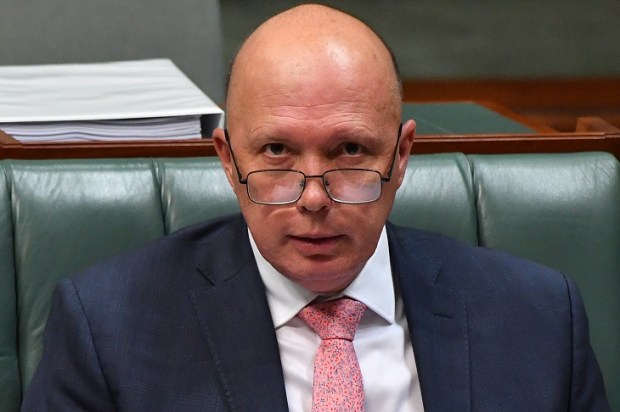
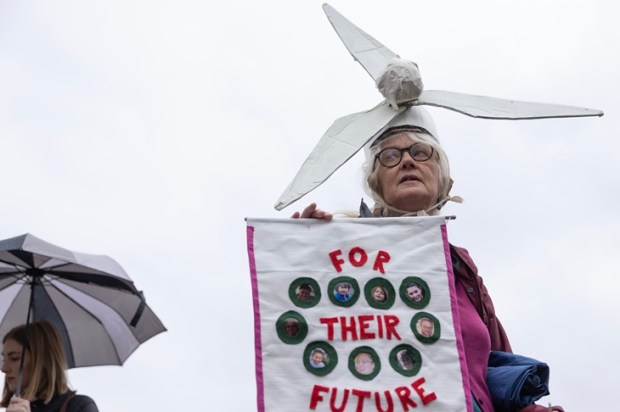







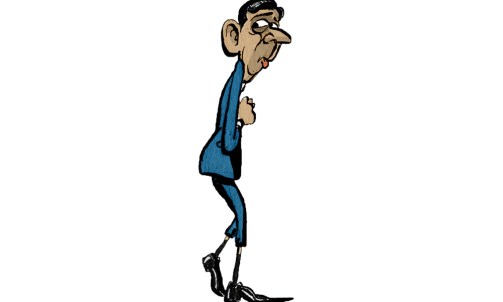
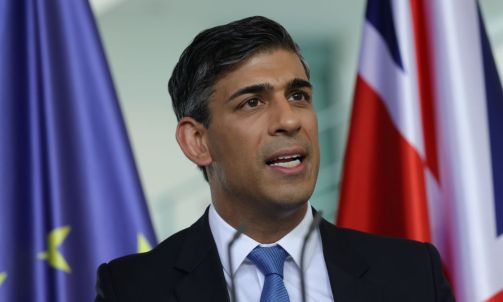
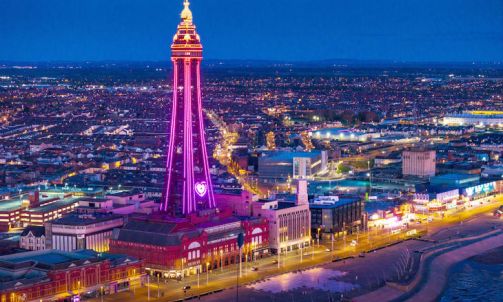
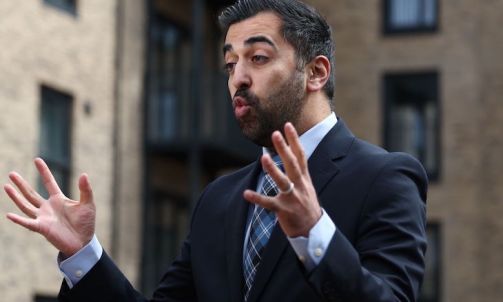
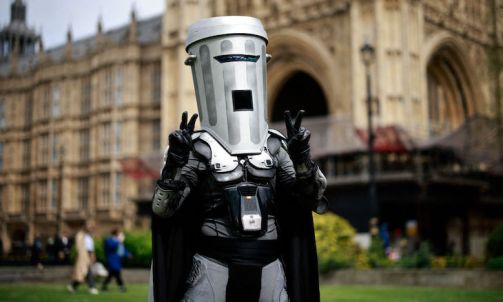
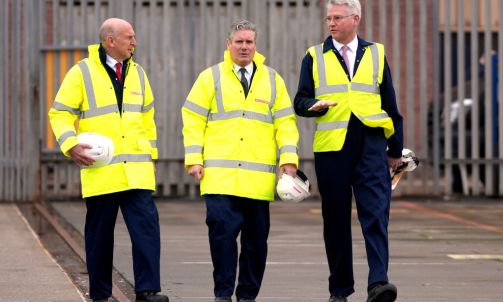






Comments
Don't miss out
Join the conversation with other Spectator Australia readers. Subscribe to leave a comment.
SUBSCRIBEAlready a subscriber? Log in